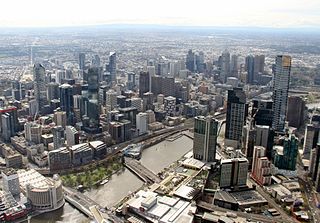We look at some of the most common mistakes first-time investors make when buying Australian property.
1. Re-selling to locals only
Investors who are familiar with the rules of investing in Australian properties are well aware that foreigners can only buy “new homes” in the country. When you sell property, the buyers have to be either Australian citizens, permanent residents or holders of a valid visa that allows them to purchase Australian property. Many foreign purchasers are concerned about this, and some are even deterred from investing in Australia because of this. More important is the type of property one should invest in, its location, and what properties locals are searching for, which brings us to the next ‘mistake’.
2. Understanding the lifestyle
It is common for investors to use their local cultural beliefs to influence their overseas property purchases. For instance, there are many Asian investors who will not buy East facing properties because they want to avoid the morning sun. However, most Australians love the sunshine. In Melbourne, many people look forward to sunny days, especially during winter, as the weather can be quite cold and gloomy.
3. FIRB approval
Many buyers always ask: “What if I can’t get FIRB (Foreign Investment Review Board) approval after signing the contract?” As long as the development satisfies the ‘New Dealing’ criteria and is marketed overseas, this means that foreigners are allowed to make a purchase. They just need to apply to the board to inform them of their intention. Records show that nearly 100 percent of applications are usually approved.
4. Rental guarantee / Incentives
Do not be easily persuaded to make a purchase if the property you are considering offers a rental guarantee or other incentives like free stamp duty, etc. Potential buyers must recognise if it’s a genuine incentive. Projects that do not offer any incentives are often a much better investment.
5. Think outside the CBD
Very often, Asian buyers are only willing to invest within the central business district (CBD). Distance from the city centre should not always be used as a gauge when it comes to investing. The area’s infrastructure, as well as proximity to schools, employment centres and transportation that can affect the value and rental price should be taken into consideration. Australia is a large country, and the majority of Australians live in the suburbs. Much of their daily activities revolve in and around their neighbourhoods. Some residents visit the city just a few times a year. Data also shows that some of the suburbs yield very attractive returns compared to the city and city fringe areas. Very often, it is the suburbs which top the charts for growth or returns, and not the CBD.
6. Cheap doesn’t mean good
Cheap is not always good. Many investors are attracted to properties that are priced too low. Very often, such units have compromised on quality, design, and functionality, which will greatly affect your return, growth and resale value.
 |
This article was first published in the print version The PropertyGuru News & Views. Download PDF of full print issues or read more stories now! | ||

